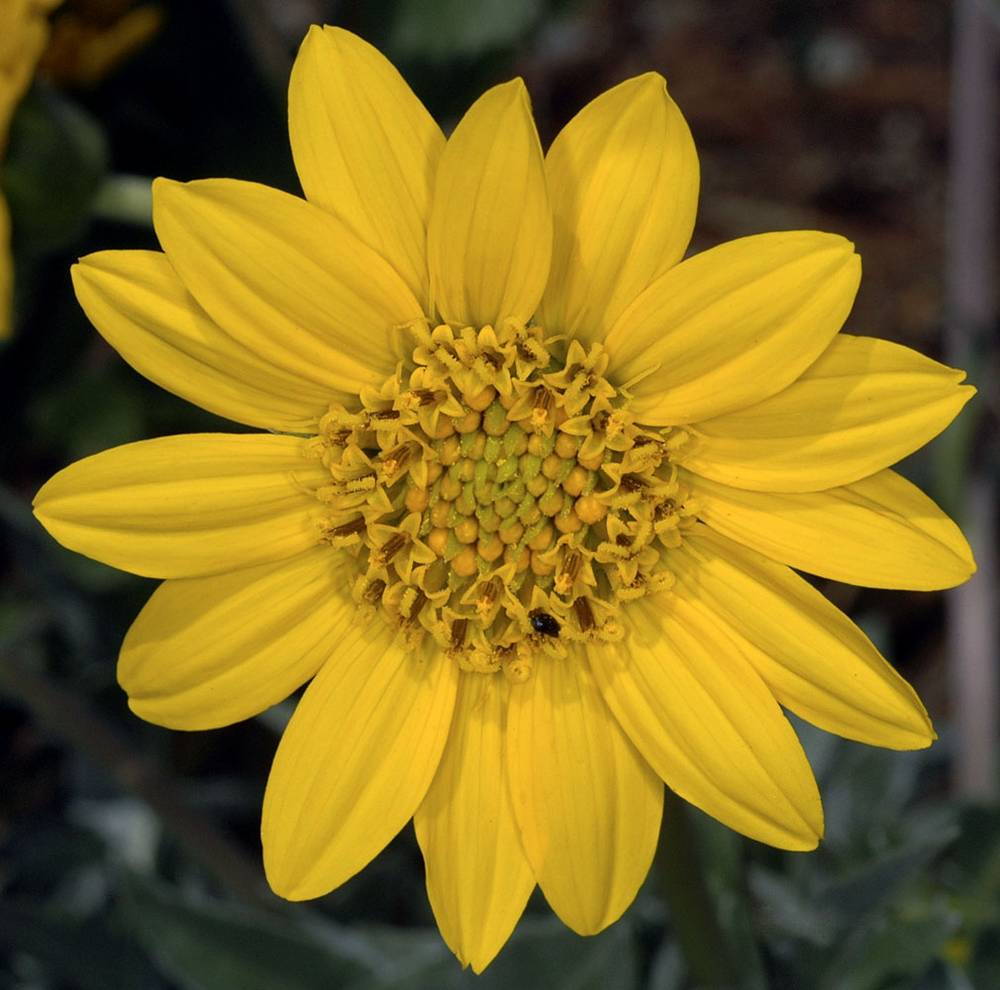Balsamorhiza sericea
silky balsamroot, silvery balsamroot
6–38 cm, sericeous; from single taproot.
ovate-lanceolate, 1-pinnately divided almost or entirely to midribs, often more deeply divided proximally than distally;
margins entire or few-toothed, occasionally some lower leaves serrate on lower margins;
surfaces sericeous; more densely so abaxially than adaxially;
basal leaves in 1–few rosettes;
blades 3–18 × 1–7 cm;
pinnae 6–16 mm wide;
petioles 3–17 cm;
cauline leaves in 1 pair; opposite, reduced;
blades 2.5–4 × 1–1.6 cm;
petioles 2.5–4 cm.
with 1 terminal head.
12–15 × 15–22 mm.
13–14, yellow;
rays 12–20 × 5–8 mm.
~9 mm.
ovate, 10–17 × 5–9 mm;
tips acuminate, sericeous.
6–7 × 1.5 mm, glabrous.
13–14 mm.
Balsamorhiza sericea
Serpentine. Flowering Apr–May. 400–600 m. Sisk. CA. Native.
Balsamorhiza sericea is endemic to serpentine-influenced soils and is thus far known only from Josephine County, Oregon, and adjacent Siskiyou and Trinity counties, California. The specific epithet “sericea” refers to the pubescence.
Abigail (Abby) Moore



